Analysis of Communication Barriers in Hospital Settings: Report
VerifiedAdded on 2022/11/17
|10
|517
|118
Report
AI Summary
This report delves into the critical issue of communication barriers within hospital settings and their impact on patient care and safety. It meticulously examines various obstacles, including clinical, organizational, and financial barriers that impede collaborative care, leading to potential medication errors. The report highlights the significance of workplace dynamics, particularly the impact of incivility and disruptive behaviors on staff performance and adherence to best practices. It thoroughly analyzes the causes of prescription errors, emphasizing the role of inadequate knowledge and the importance of teamwork in mitigating these errors. Furthermore, it discusses the prevention of slips and lapses through vigilant prescription checks and adherence to IT rules and organizational guidelines. The report also proposes measures to enhance verbal communication among staff, emphasizing the need for clear protocols and mechanisms to ensure the validity and authenticity of prescriptions. Overall, the report underscores the imperative of effective communication to improve patient outcomes and foster a safer healthcare environment.
1 out of 10
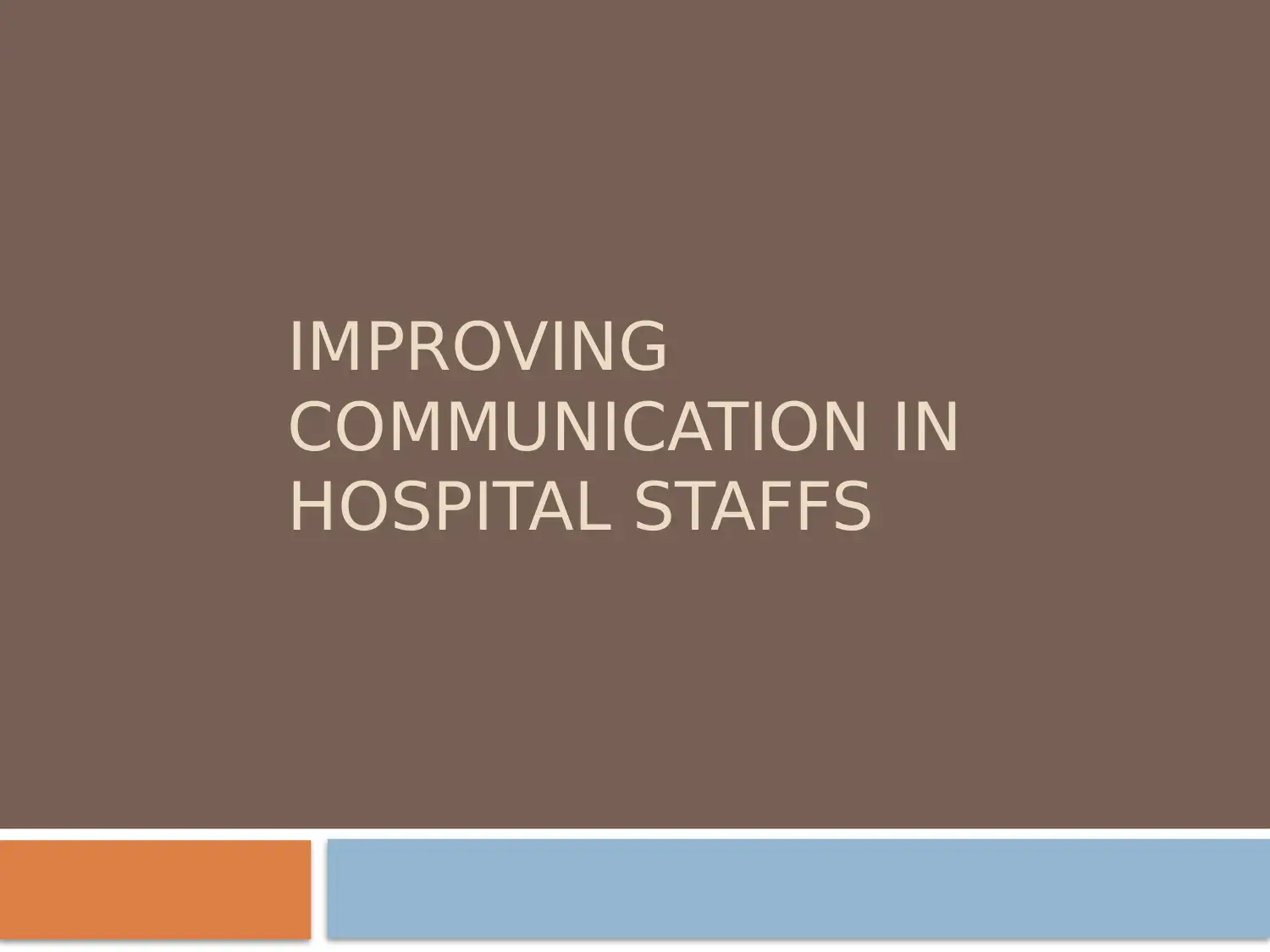
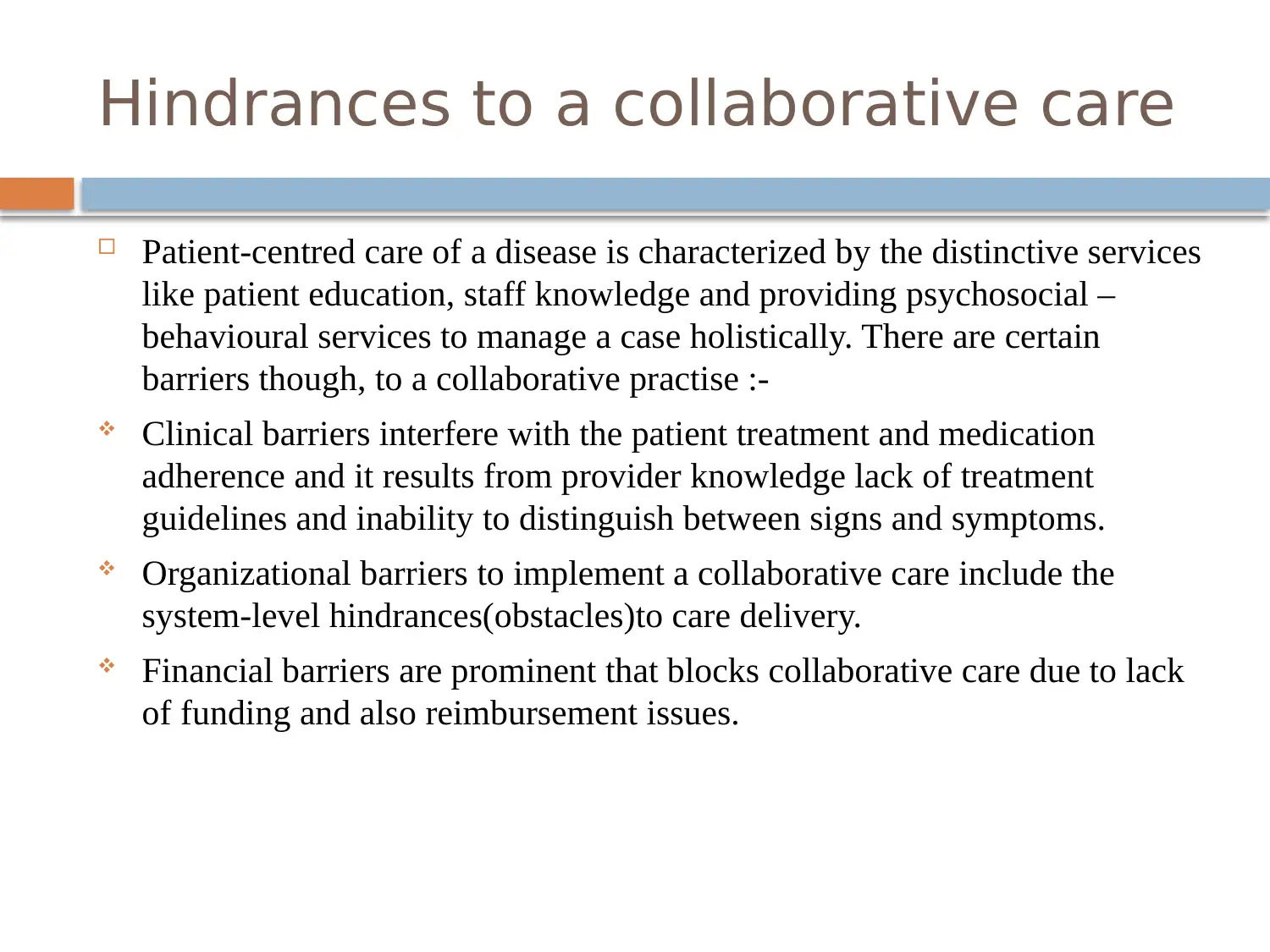
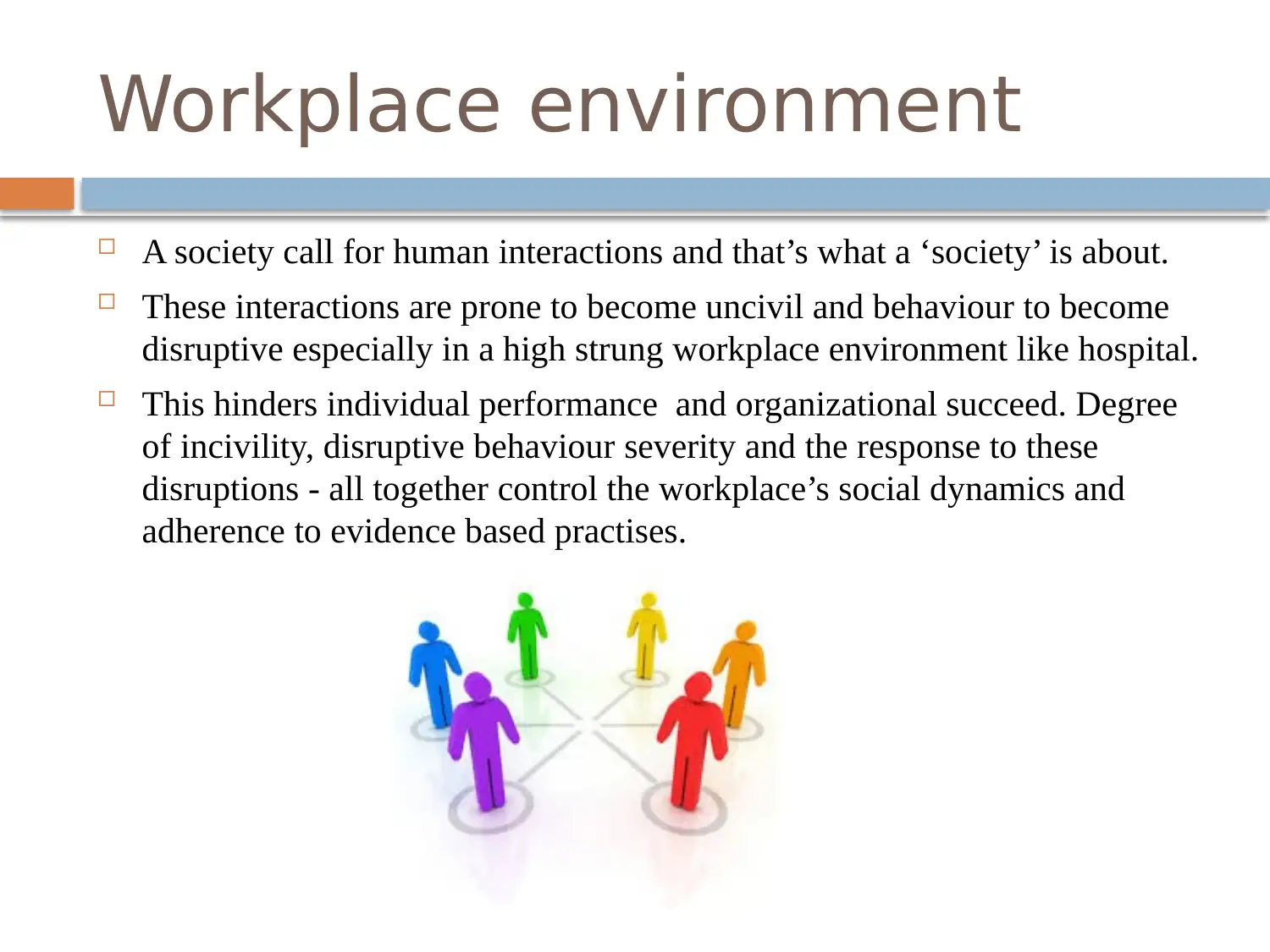

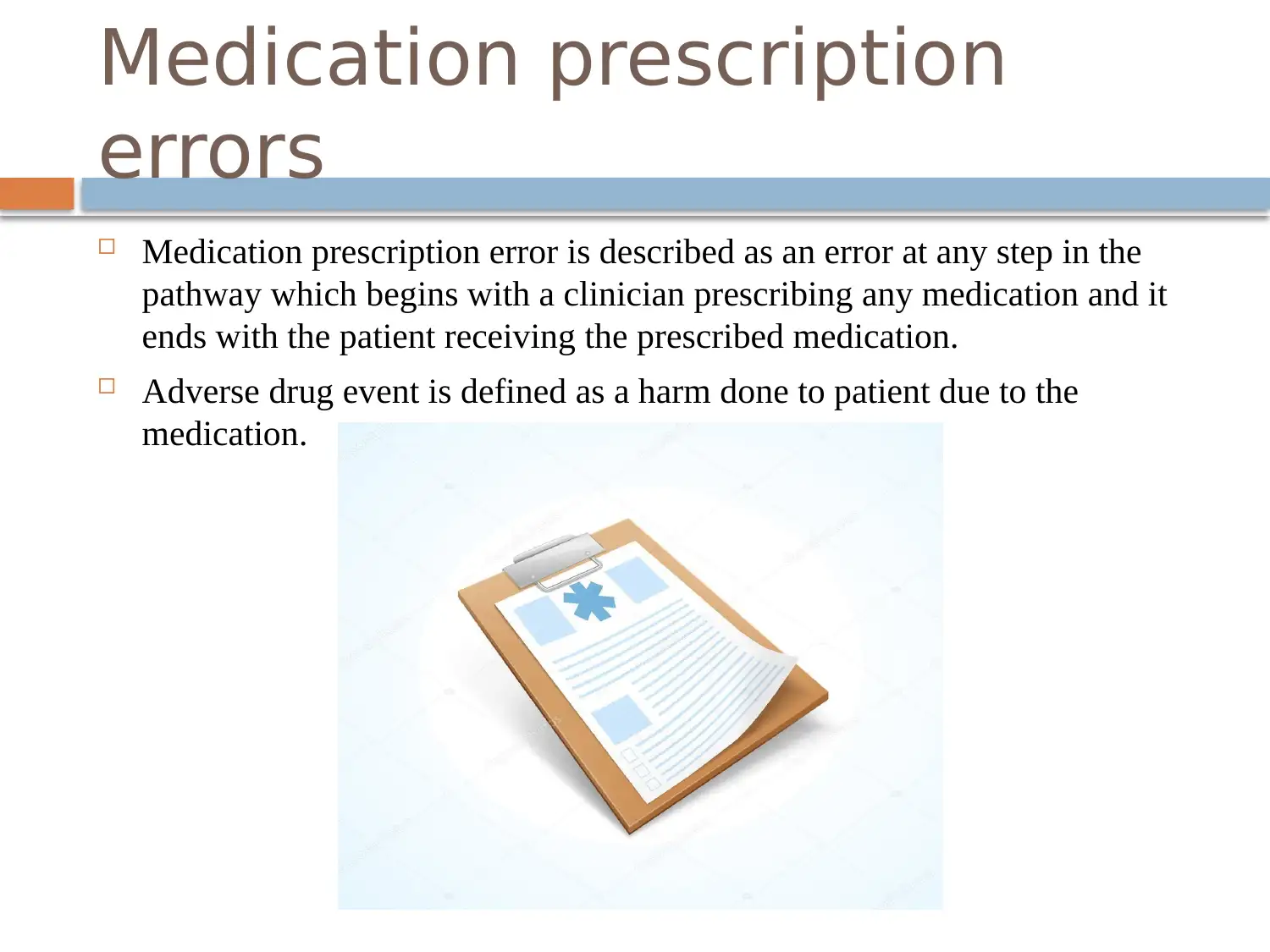
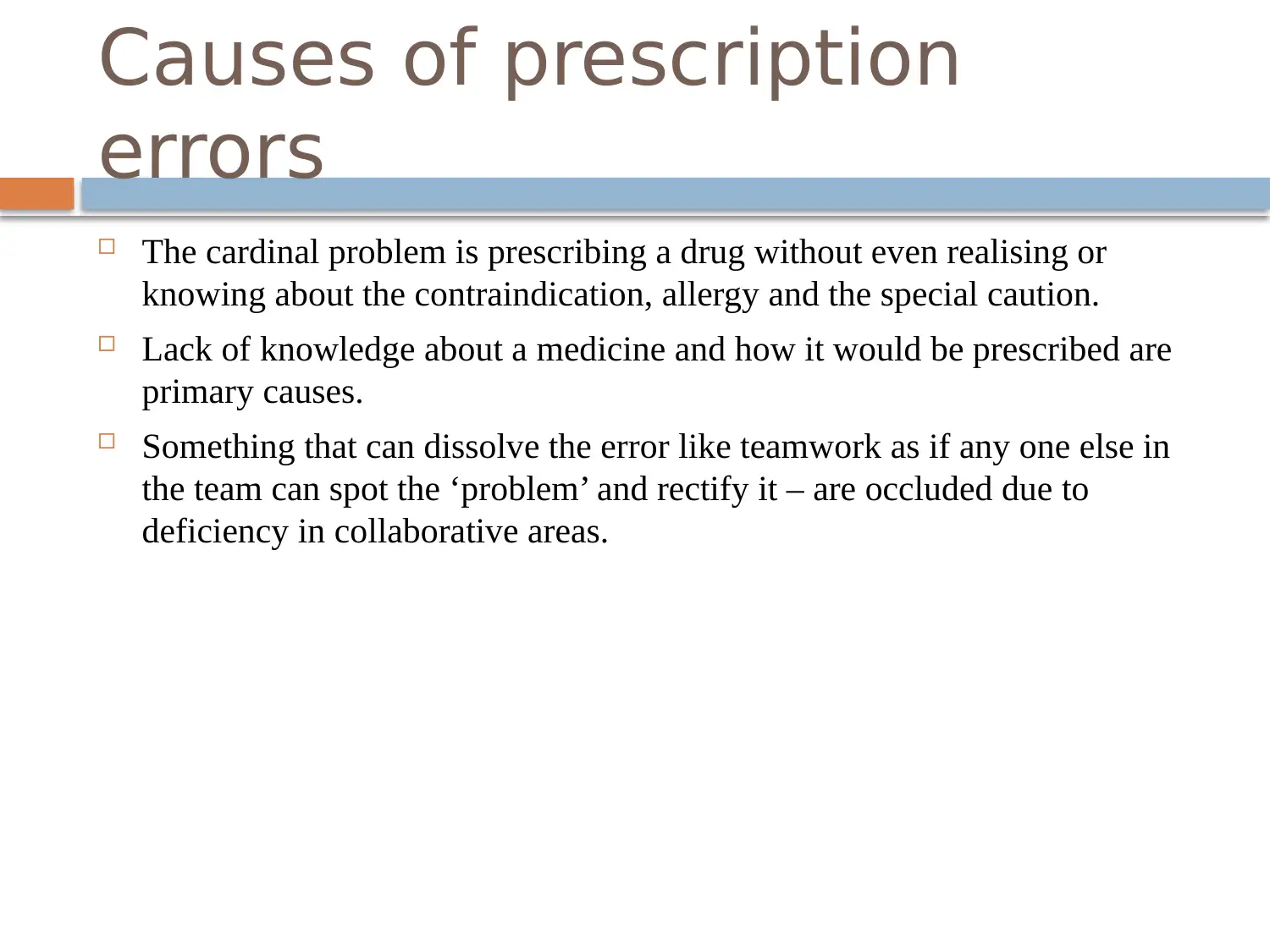
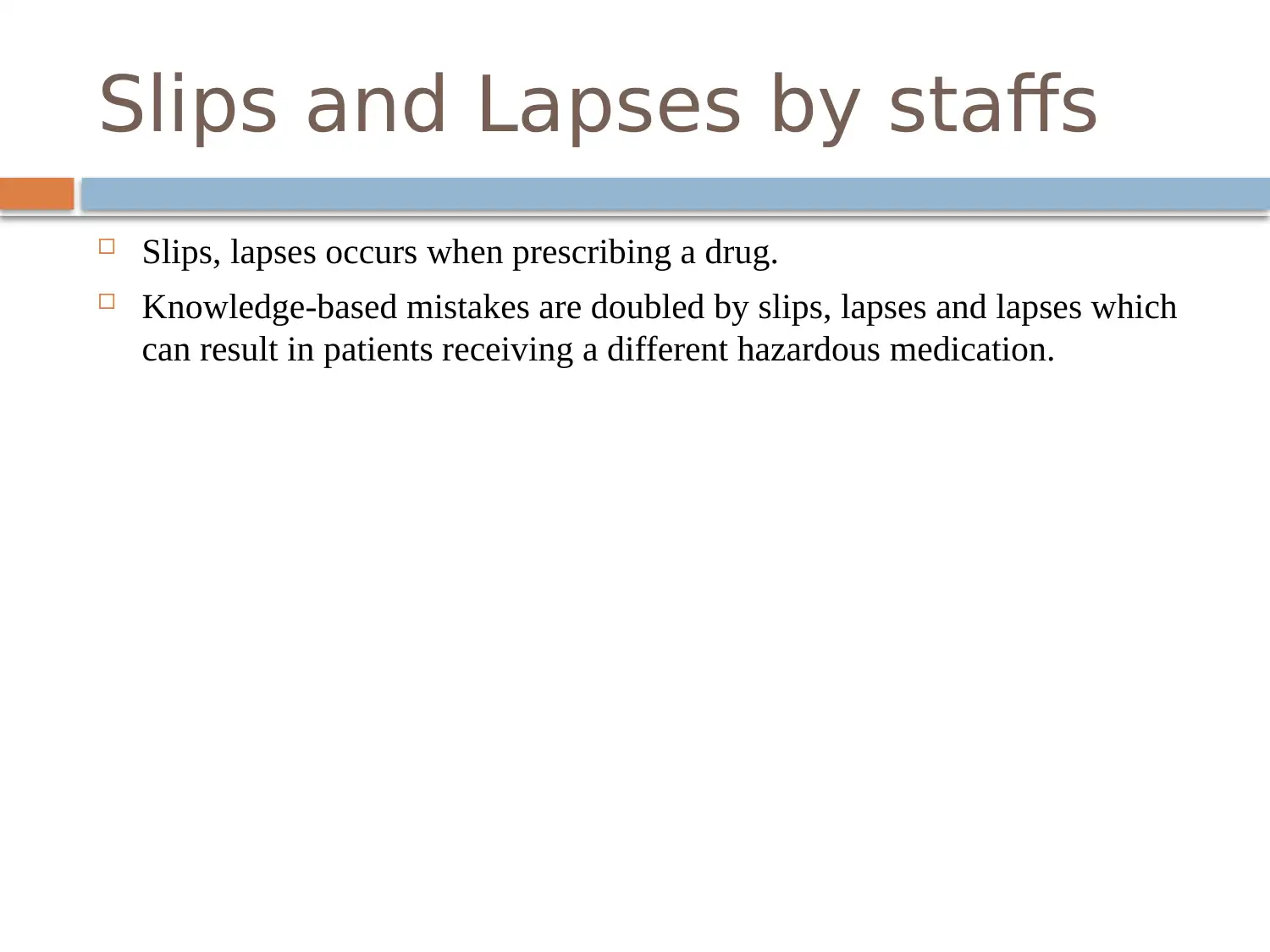
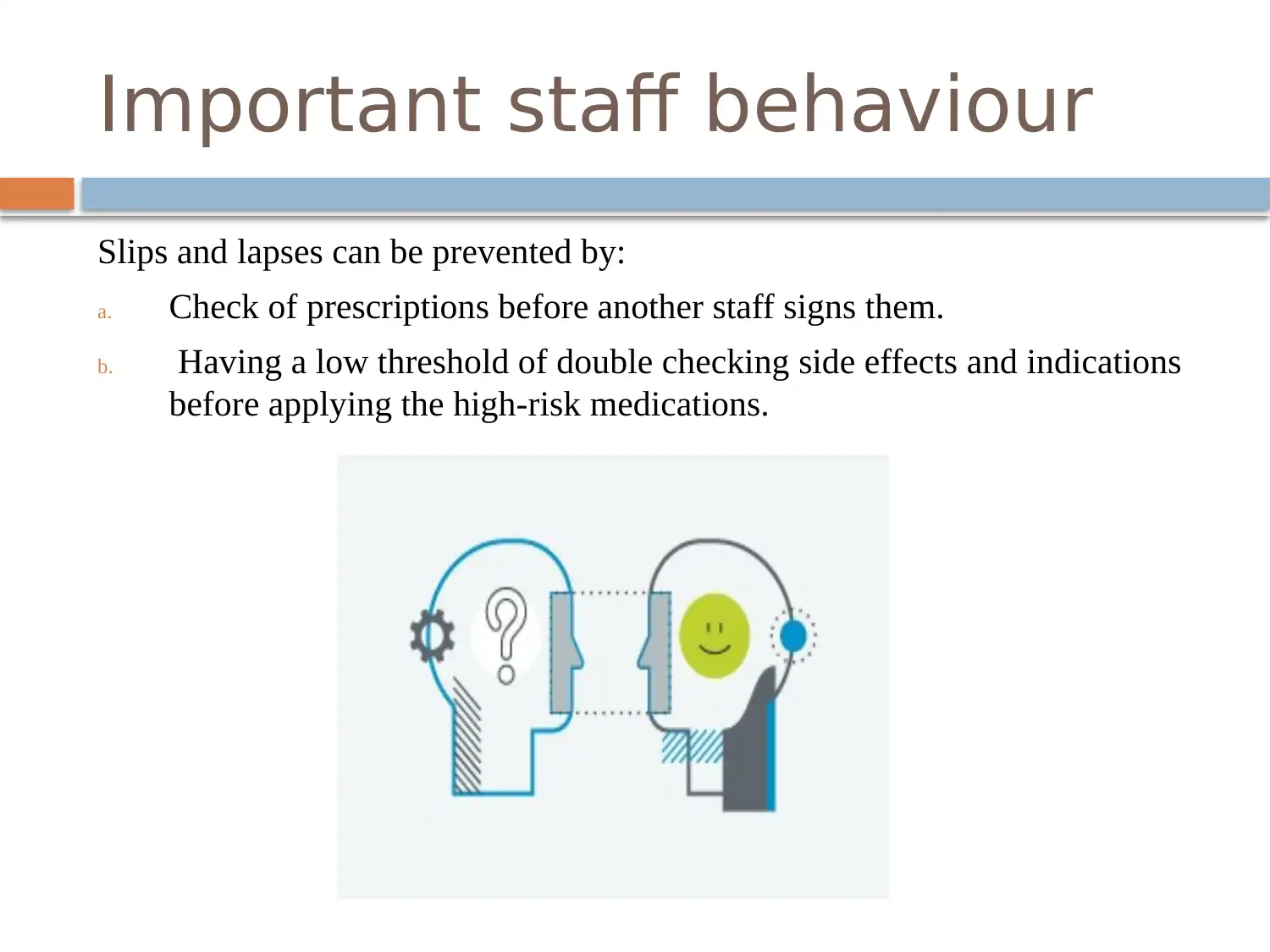
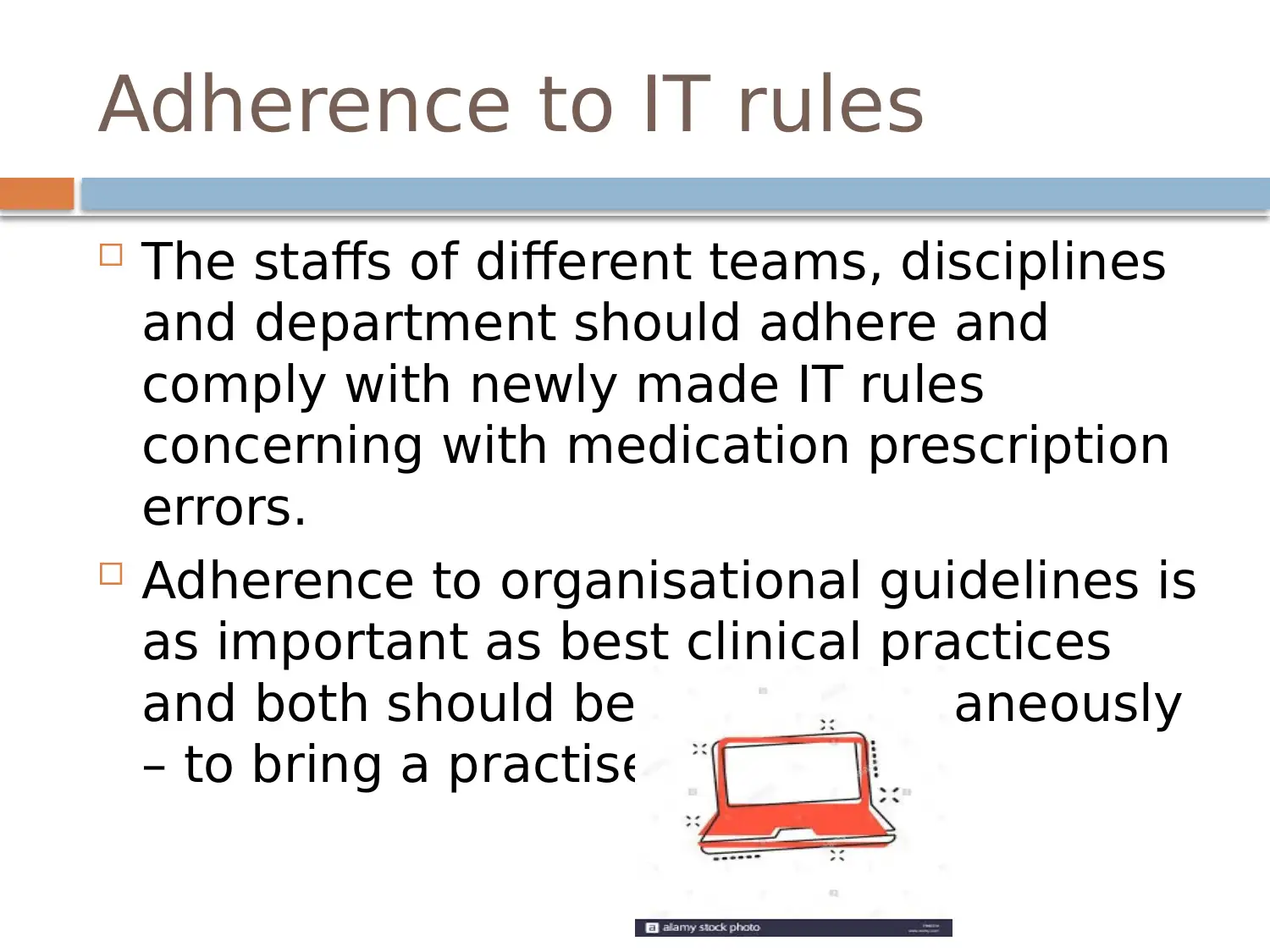
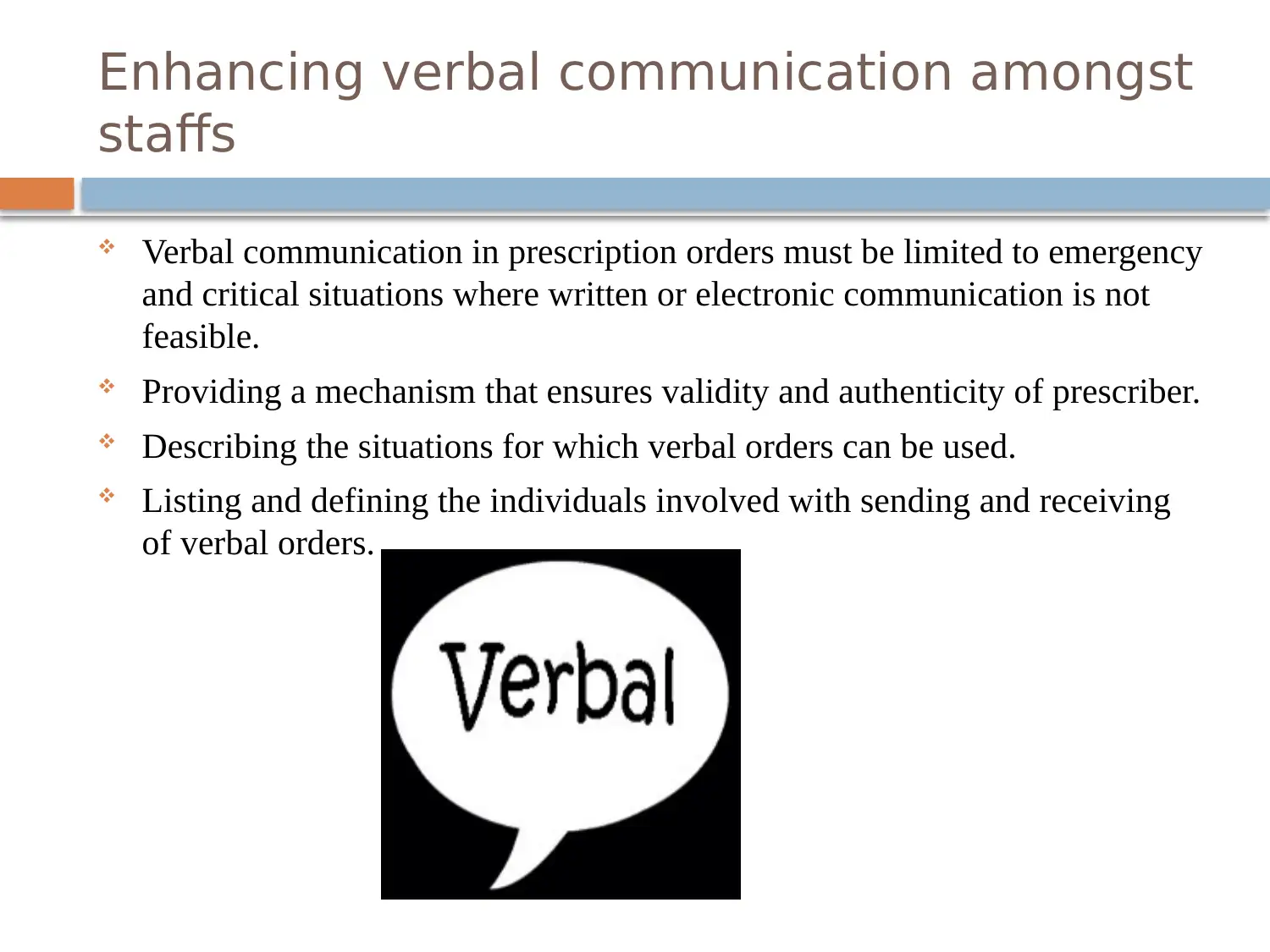







![[object Object]](/_next/static/media/star-bottom.7253800d.svg)